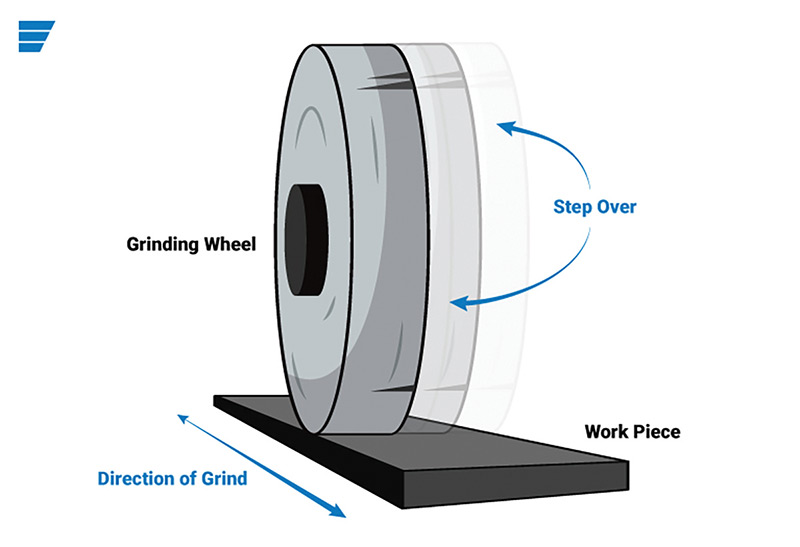As highlighted in the article “Tips for Improved Surface Grinding” by SME, surface grinding is a fundamental process in various industries, particularly in metalworking, industrial, and job shop settings. While larger facilities may have access to optimized grinding machines, coolant systems, and dressing capabilities, smaller facilities often face challenges with older machinery and limited resources, leading to inefficient grinding processes and subpar part quality.
For job shops and smaller manufacturers, selecting the right grinding wheel and optimizing grinding parameters are crucial for enhancing part quality and productivity. One common mistake in surface grinding is using a grinding wheel with an abrasive grain that is too durable. Such grains require significant force to fracture, leading to friction, chatter, and poor surface finish. To mitigate these issues, it’s essential to choose a wheel with a more “friable” grain that fractures more easily, especially for operations with low cutting forces.
Additionally, while ceramic grinding wheels offer excellent material removal rates, they may not always be ideal for surface grinding applications due to their durability. In situations where heat generation is a concern, switching to a more friable conventional aluminum-oxide wheel may be necessary to maintain cooler cuts and sharper edges.
Proper coolant application and wheel dressing are also critical for optimizing surface grinding processes. Coolant helps to dissipate heat and prolong wheel life, while dressing sharpens the wheel and ensures consistent performance. By implementing these recommendations, manufacturers can improve part quality, increase productivity, and enhance overall efficiency in surface grinding operations.
Click here to learn more about Toolcraft capabilities.
Photo and article with all rights reserved, courtesy of sme.org





